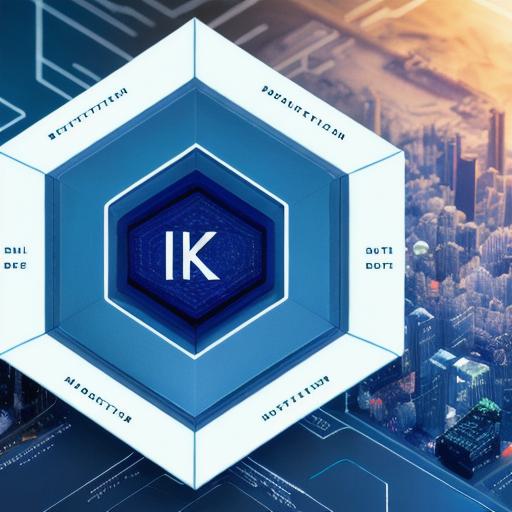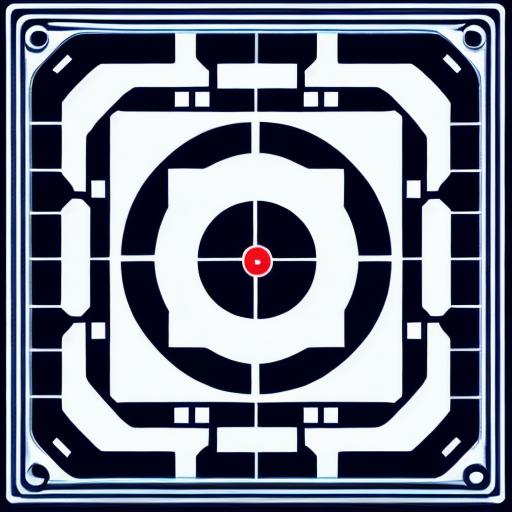Introduction:
As the world becomes increasingly digitized, concerns about online privacy and ownership continue to grow. Centralized web platforms have long been criticized for their lack of transparency, control, and security. In response, a new era of decentralized web technologies, known as Web3, is emerging. In this article, we will explore the potential of Web3 to revolutionize online privacy and ownership, using real-life examples and expert opinions to illustrate how these technologies are transforming the way we interact with the internet.

The Power of Decentralization:
Decentralization refers to the distribution of data, resources, and decision-making power away from centralized authorities or intermediaries. In the context of web technologies, decentralization allows for greater transparency, control, and security. By distributing data across a network of nodes, rather than relying on a single point of failure, decentralized systems are more resilient to hacking, censorship, and manipulation.
Web3 Technologies:

There are several key technologies that make up the Web3 ecosystem. These include blockchain, smart contracts, and decentralized applications (dApps). Let’s take a closer look at each of these technologies and how they contribute to the future of decentralized web:
Blockchain:
At the heart of the decentralized web is blockchain technology. Blockchain is a distributed ledger that allows for secure, transparent, and tamper-proof record-keeping. By using a decentralized network of nodes to validate transactions and maintain the integrity of the ledger, blockchain eliminates the need for intermediaries like banks or payment processors. This makes it possible for individuals and organizations to transact directly with each other, without incurring high fees or sacrificing privacy.
Smart Contracts:
Smart contracts are self-executing programs that run on a blockchain network. They enable the automation of complex business processes, such as supply chain management, insurance claims, and voting systems. By reducing the need for intermediaries and automating complex processes, smart contracts can increase efficiency, reduce costs, and improve transparency.
Decentralized Applications (dApps):
dApps are applications that run on a blockchain network, rather than relying on a central server. They offer users greater control over their data and enable the creation of new business models and services. For example, dApps can be used to create decentralized social media platforms, crowdfunding platforms, or marketplaces for digital goods and services.
Real-life Examples:
There are many real-life examples of how Web3 technologies are being used to improve online privacy and ownership. Here are just a few:
- Filecoin: Filecoin is a decentralized file storage platform that uses blockchain technology to enable secure, peer-to-peer file sharing. By distributing data across a network of nodes, rather than relying on centralized servers, Filecoin offers users greater control over their files and enables the creation of new revenue streams for content creators.
- 0x: 0x is a decentralized exchange platform that uses smart contracts to enable peer-to-peer trading of cryptocurrencies and other assets. By eliminating intermediaries like brokers or exchanges, 0x offers users greater control over their trades and reduces the risk of fraud and manipulation.
- Brave: Brave is a decentralized web browser that uses blockchain technology to enable users to earn cryptocurrency by viewing ads. By giving users greater control over their data and enabling new revenue streams for content creators, Brave offers a more transparent and equitable alternative to traditional advertising models.
Expert Opinions:
Many experts in the field of decentralized web technologies believe that Web3 has the potential to transform the way we interact with the internet. Here are some quotes from prominent figures in the industry:
1
